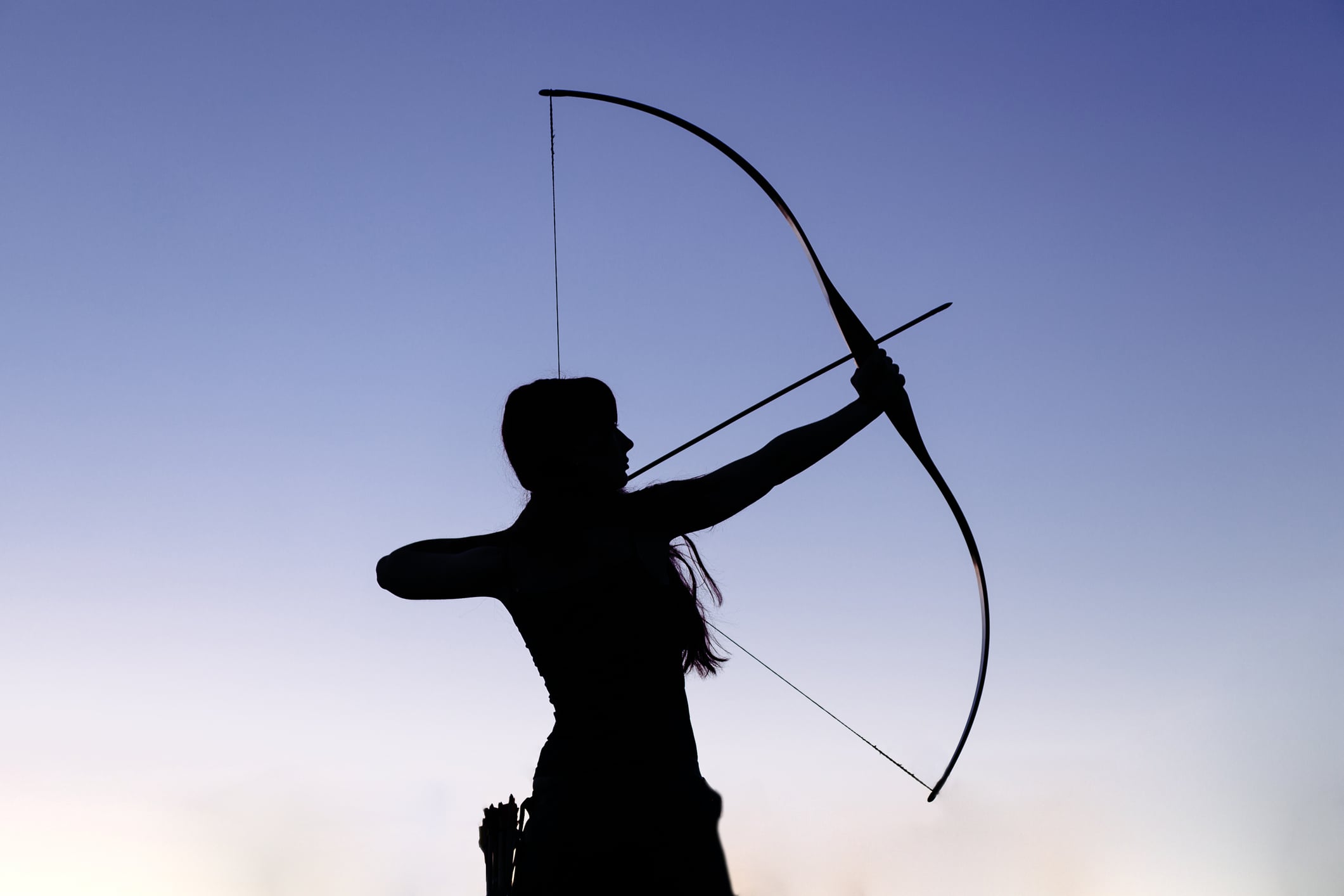TOPLINE
A new study published Wednesday is calling into question one of the oldest stereotypes about the roles of men and women, finding that female members of many of the world’s remaining foraging societies are just as involved in hunting as men, despite long-held perceptions that men hunted and women gathered.
KEY FACTS
The authors of the study—published by the Public Library of Science—looked into data from previous researchers on 63 living societies across the world that still practice hunting and gathering, then investigated how women participated in the hunting in various societies, what they hunted and what tools they used.
Women were found to have hunted game of all sizes, but most often large animals in a majority of societies, according to the study, spearheaded by Abigail Anderson of Seattle Pacific University’s biology department.
The study found women were actively involved in teaching hunting practices, used a larger variety of weapons than men and were instrumental in bringing home animals for their families to eat, regardless of whether or not they were mothers.
Many hunter-gatherer cultures have disappeared over the millennia, but some of the societies mentioned in the paper include the Tiwi people of Australia, the Hadza of northern Tanzania, the Ganij of New Guinea and the 3,200 indigenous Matsés people of the Brazilian Amazon, who still rely on hunting and gathering for most of their sustenance but have interacted with missionaries, the Peruvian government and researchers.
BIG NUMBER
79%. That’s how many living foraging societies demonstrated female hunting, according to Wednesday’s paper.
SURPRISING FACT
The study painted the long-held perception of men as hunters and women as gatherers as the building block for more modern stereotypes, like men being less emotional and more aggressive while women are more nurturing and focused on children.
Forbes Daily: Get our best stories, exclusive reporting and essential analysis of the day’s news in your inbox every weekday.Sign Up
By signing up, you accept and agree to our Terms of Service (including the class action waiver and arbitration provisions), and Privacy Statement.
KEY BACKGROUND
The study, titled The Myth of Man the Hunter, confronts why the hunter/gatherer division has prevailed despite evidence to the contrary. Anderson and her colleagues said researchers typically presume that stone projectiles buried alongside males are hunting tools, but are less persuaded when projectiles are associated with females, and pointed to a 2017 incident in Sweden where a person found buried with weapons and equipment linked to high-ranking Viking warriors was assumed to be male, but later was genetically identified as a woman. The inherent bias of researchers can be blamed for the lack of “recognition of contributions by women to hunting”, the authors said, adding it “behooves each generation of scientists to ensure that paradigms fit the existing data.”
FURTHER READING
The Myth of Man the Hunter: Women’s contribution to the hunt across ethnographic contexts (PLOS One)
